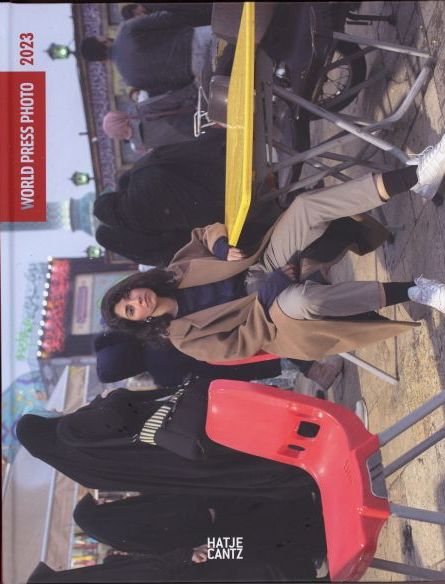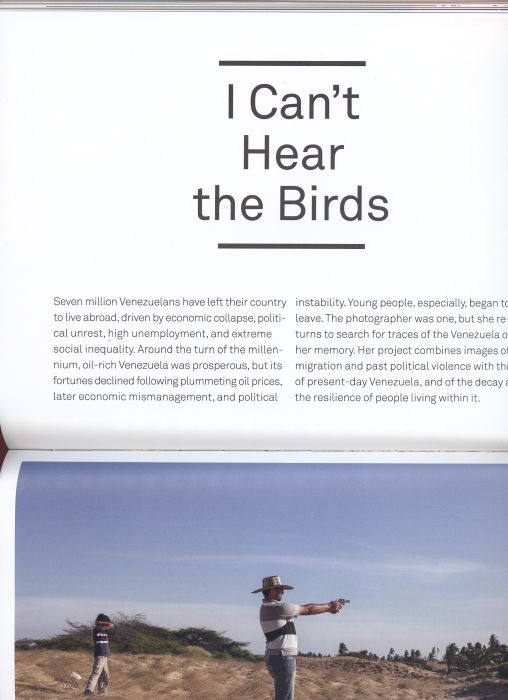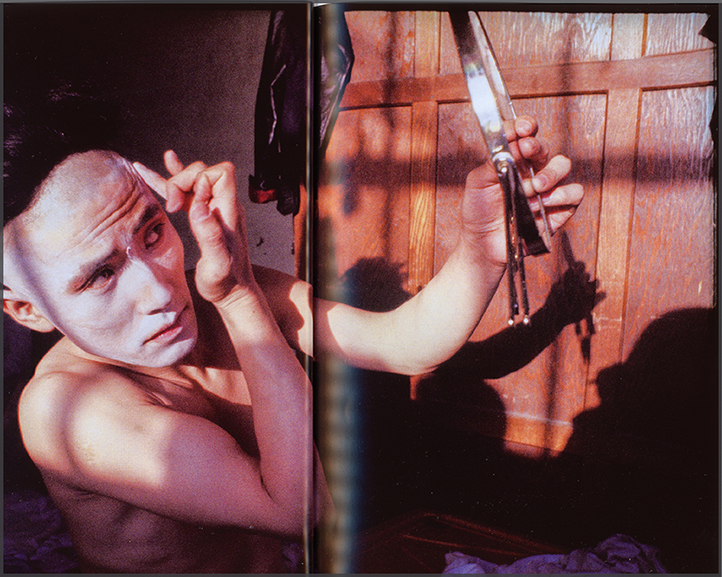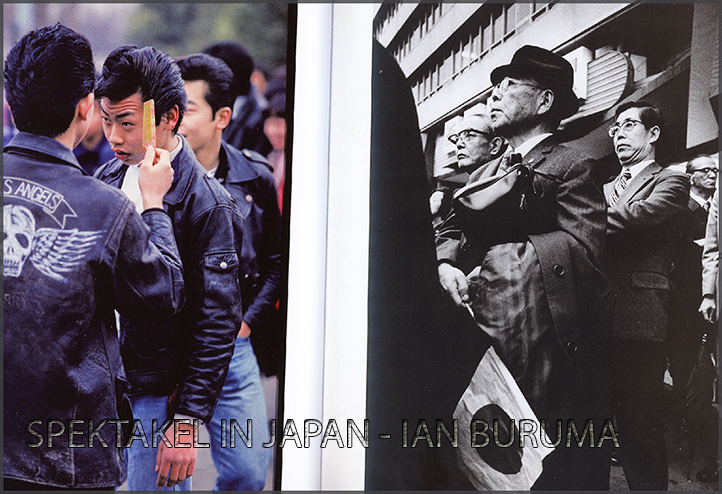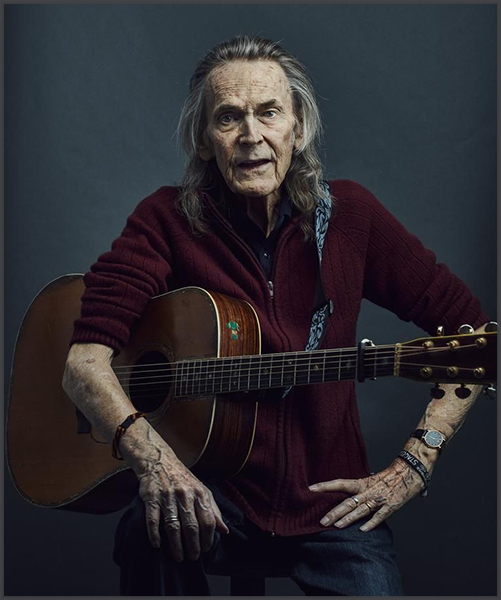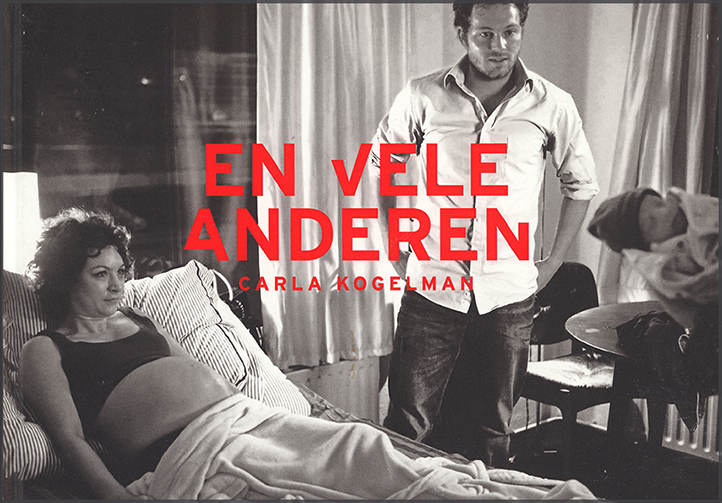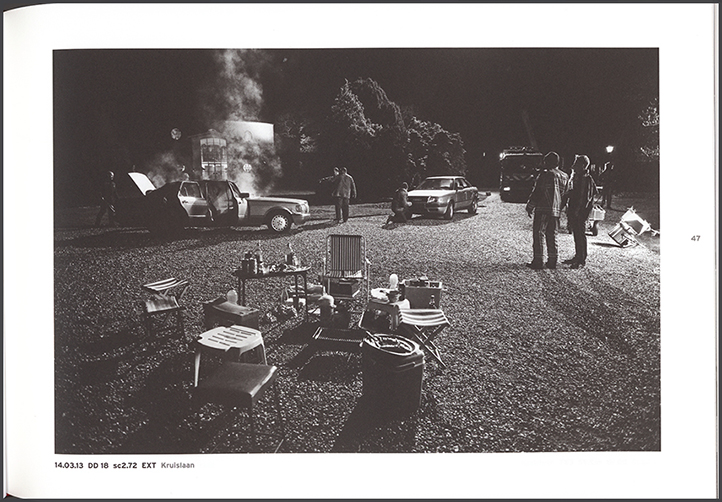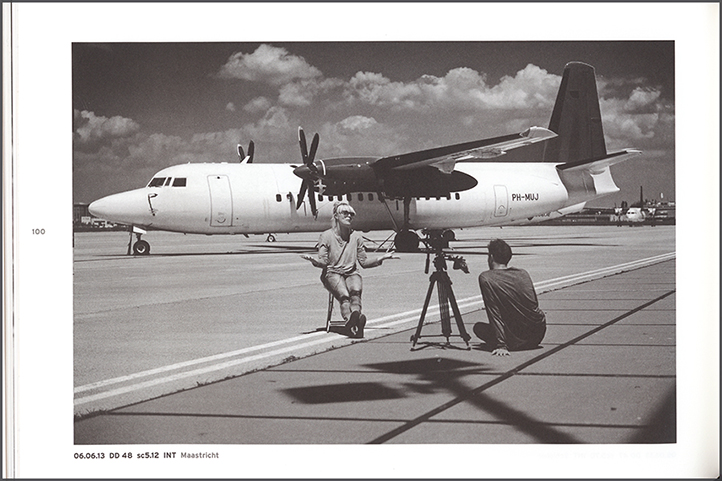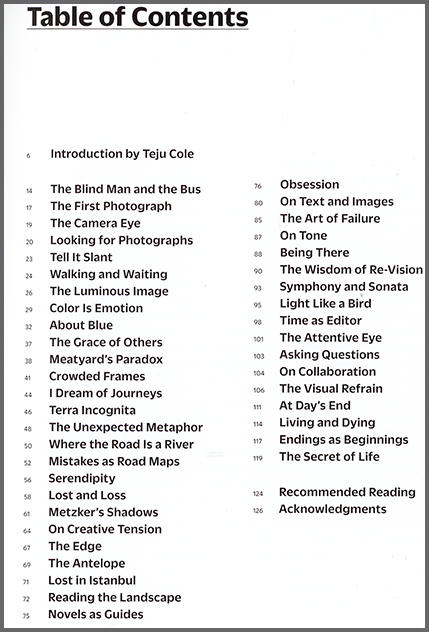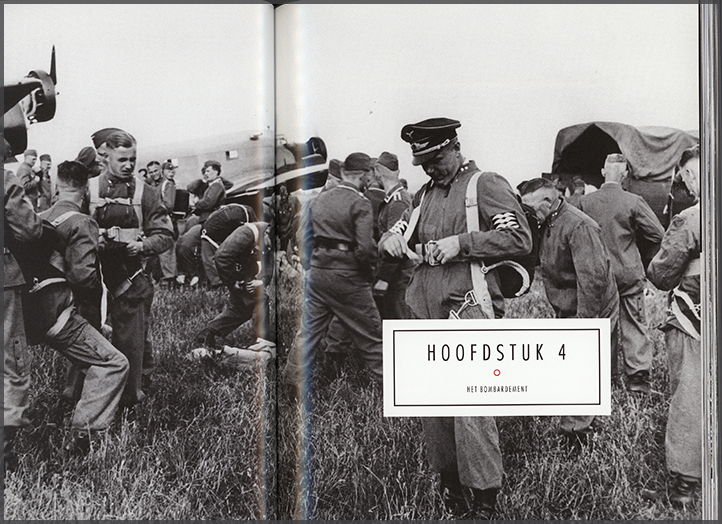| |
WORLD PRESS PHOTO 2023 CONTEST | PHOTOGRAPHY NEWS
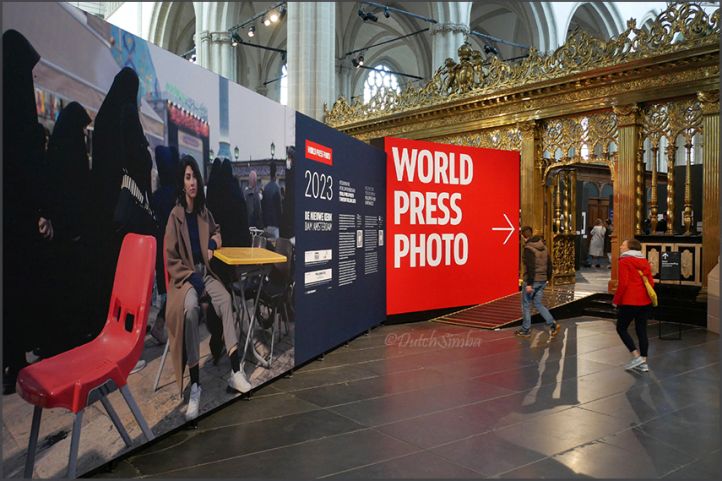
Perhaps the WPP 2023 Winner was too gruesome to front the exhibition and catalogue. And
indeed,
in a softer tone, the young woman in Iran without the mandatory hijab is of iconic quality too.
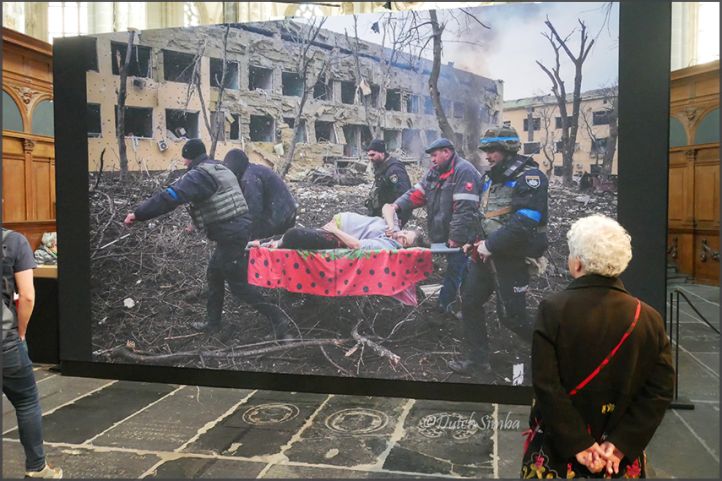
WINNER:
World Press Photo 2023 by Evgeny Maloletka

@Amsterdam Nieuwe Kerk


The annual World Press Photo Contest recognizes and celebrates the best photojournalism and documentary photography produced over the last year.
I could not immediately put my finger on it, but found the exhibition slightly less impressive.
Reading the catalogue and information on the website I found that
the World Press Photo Foundation had launched a regional strategy last year, changing the set-up of the annual contest and the judging.
Perhaps that was why the visitors first encountered a series of iconic WPP winners in recent years plus in large size the winner of WPP 2023..? Note the photo immediately above and the winner further up.
The winners were selected from over 60.000 contributions by 3.753 photographers from 127 countries!
Six regions saw contributions in 4 categories: Singles, Stories, Long-term Projects and Open Format.
After the iconic winners from previous years, the visitors encountered a series of photos in 'Free Format', some less impressive in terms of photography, others more so.
Due to the fact that there were less photographs displayed on highlights in World News, one misses the 'Aha-Erlebnis'. But frequently the photography displayed put the spotlight on equally disturbing facts of life which did not make it into the
mainstream media. Perhaps this new strategy will stick, but maybe not?
While walking around in De Nieuwe Kerk the categories were not immediate clear to me. And the captions too low for me to read them
properly: when I bow over the reading part of my bifocals are useless without painfully craning my neck..
Various continents had work by photographers selected, e.g. Africa had 'The Big Forget' (Lee-Ann Olwage, about dementia), 'New Capital' (Nick Hannes, the megalomaniac New Adminsitrative Capital in Egypt), 'Before It's Gone' (M'Hammed Kilito, vanishing oasis habitat in Marocco), and 'Here, The Doors Don't Know Me' (Mohamed Mahdy, the Al Max community in Egypt being relocated).
There is also a series 'Honorable Mentions'.
The chapter on Asia brought winners: 'Shireen Abu Akleh's Funeral' (Maya Levin, Isralei police beat mourners accompanying the coffin pf Al Jazeera journalist Shireen Abu Akleh, killed by Israelis), 'The Price of Peace' (Mads Nissen, Afghanistan suffering under the Talban), 'Battered Waters' (Anush Babajanyan, growing scarcity of water in Central Asian countries), and 'Woman, Life, Freedom' (Anonymous, on 16Sep22 Mahsa 'Jina' Amini died by the hands of Iran's morality police, images and video were captured by local journalists).
Europe has 'Yana and Victor' (Alkis Konstantinidis 'Singles', the mother Yana crying over her dead father Victor Gubarev), 'The Siege of Mariupol' (winner Evgeny Maloletka 'Stories', Mariupol was after Russia's invasion into Ukraine one of the earliest strategic targets), 'Net-Zero Transition' (Simone Tramonte 'Long-term Projects, renewable energies, new technolgies, circular economy, human-induced climate change), 'Passengers' (Cesar Dezfuli 'Open Format', the continued influx of immigrants, refugees and asylum seekers).
Here too 'Honorabe Mentions'.
North and Central America has 'The Dying River' (Jonas Kakó 'Singles', decrease in flow of Colorado River effecting bees and thus their pollinating of crops), 'Maria's Journey' (Carlos Barria 'Stories', how Maria managed with much defficulties to emigrate into the USA), 'Beautiful Poison' (Christopher Rogel Blanquet 'Long-term Projects', how some countries export their forbidden agrichemicals to countries where they cause cancer or brain damage, e.g. in Mexico), 'The Voice of New York Is Drill' (Ashley Peña 'Open Format', a new wave in rap music).
South America ('Oil Spill in Lima' (Musuk Nolte 'Singles', Repsol's oilspill at Playa Cavero, Peru 21Jan22), 'Alpaqueros' (Alessandro Cinque 'Stories', alpaca-farmers need see their natural pastures shrinking), 'I Can't Hear the Birds' (Fabiola Ferrero 'Long-term Projects', migration out of Venezuela), 'Shifting' (Johanna Alarcón 'Open Format', Ecuador-based visual storyteller & photojournalist).
This section also has 'Honorable Mentions'.
Southeast Asia and Oceania offers 'Retrieving the Dead'(MaukKham Wah 'Singles', People's Defense Forces in Myanmar retrieve their dead after battling regular military), 'Home for the Golden Gays' (Hannah Reyes Morales 'Stories', about a community of older LGBTQ+ people in the Philippines),
'Death of a Nation' (Kimberly Dela Cruz 'Long-term Projects', victims of Rodrigo Duterte's war on drugs), 'Australian Floods in Infrared' (Chad Ajamian 'Open Format', aerial photos in infrared).
This section also has 'Honorable Mentions'.
The catalogue concludes with the winners, e.g. Photo of the Year by Evgeniy Maloletka 'Mariupol Maternity Hospital Strike', Mads Nissen in Story of the Year with 'The Price of Peace in Afghanistan', Anush Babajanyan with 'Battered Waters' in Long-term Projects and the Open Format price went to Mohamed Mahdy for 'Here, The Doors Don't Know Me'.
www.worldpressphoto.org/contest/2023
More photos on flickr.com/photos/
[02MAY2023]
|


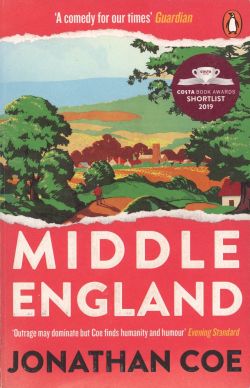





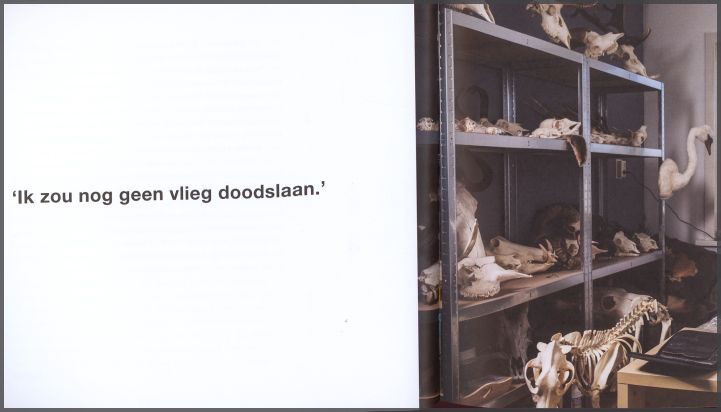
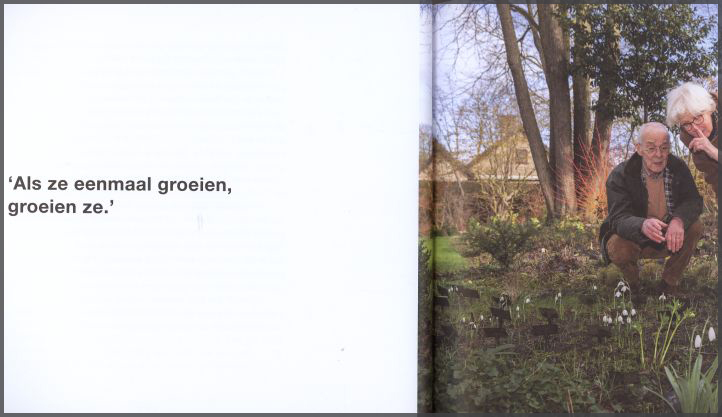


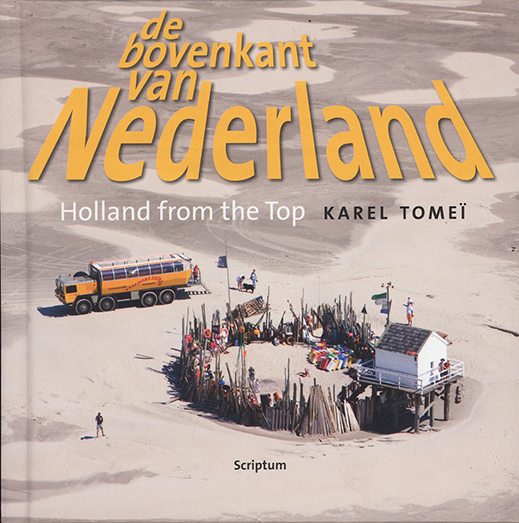
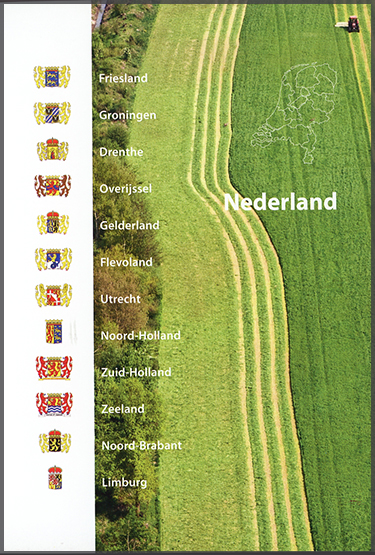

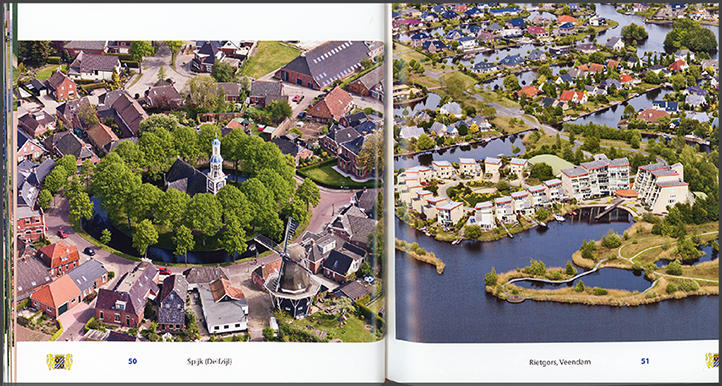
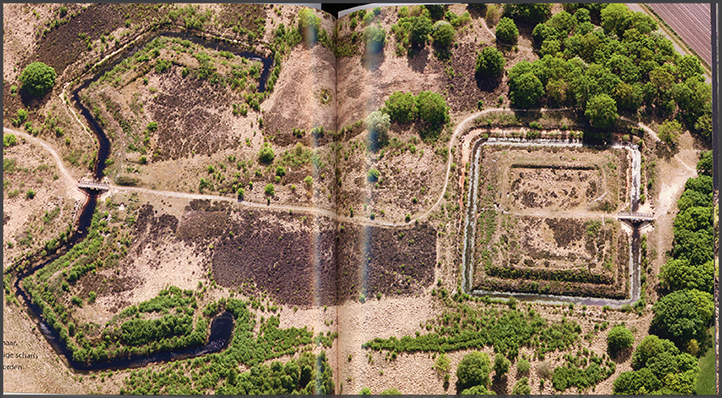
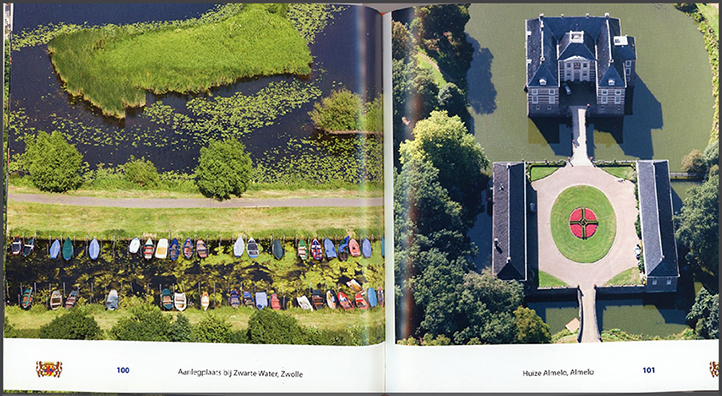
 GELDERLAND
GELDERLAND 








